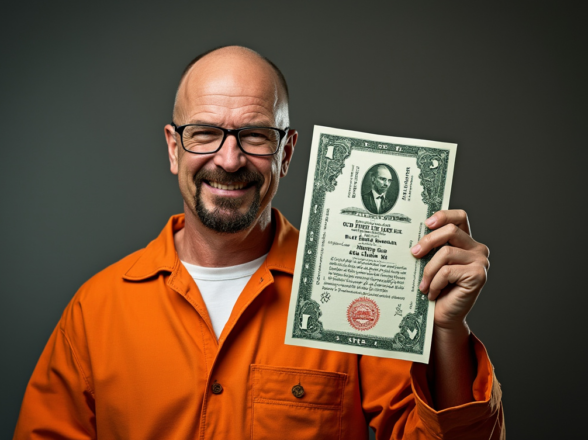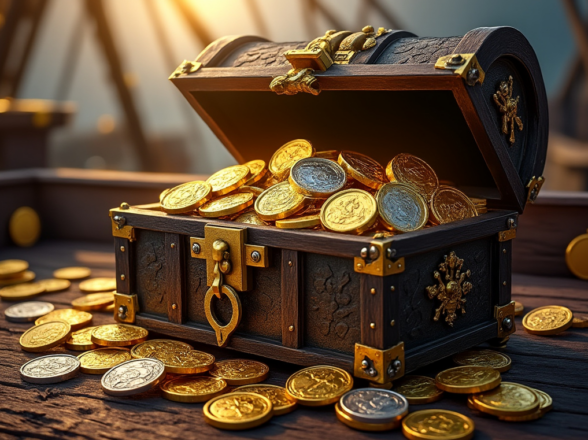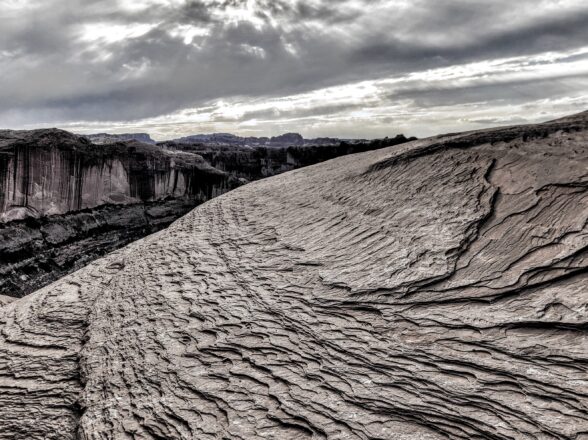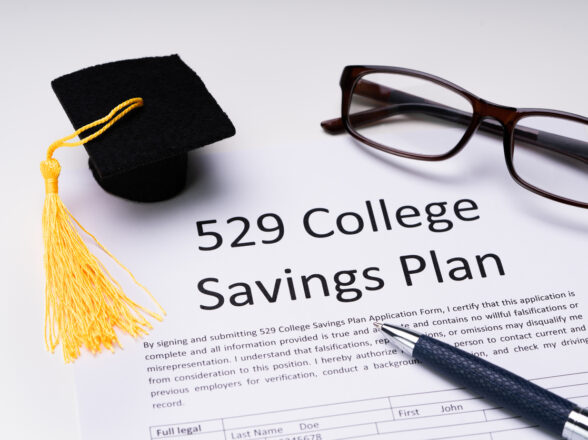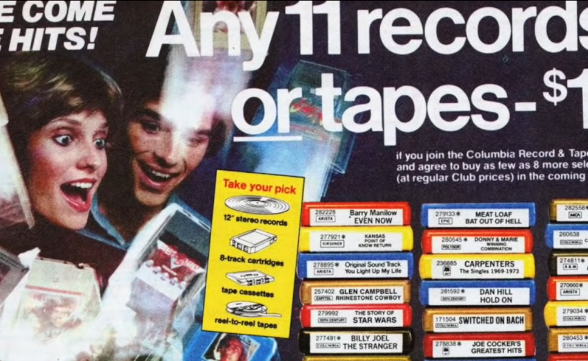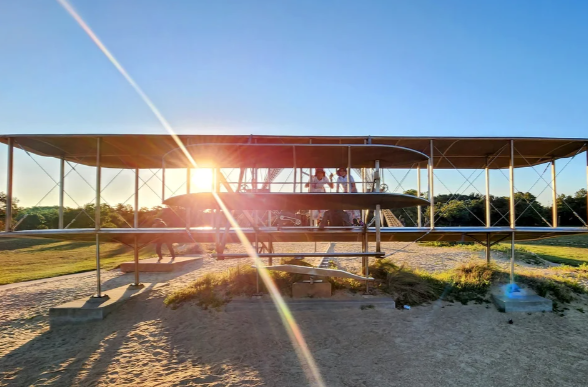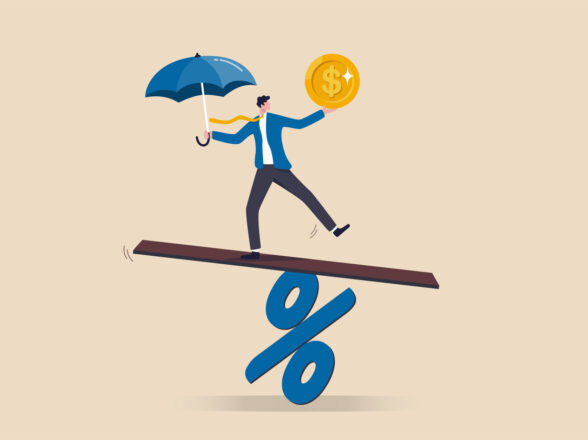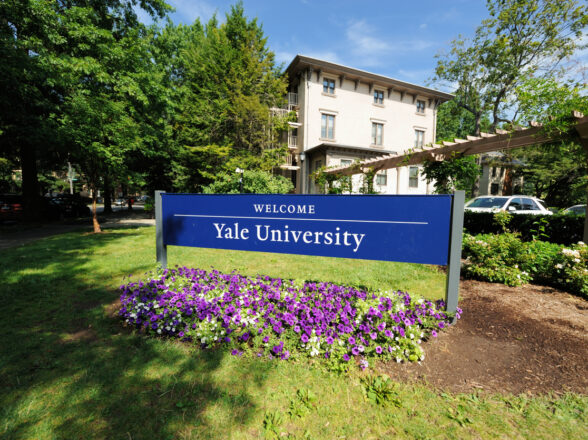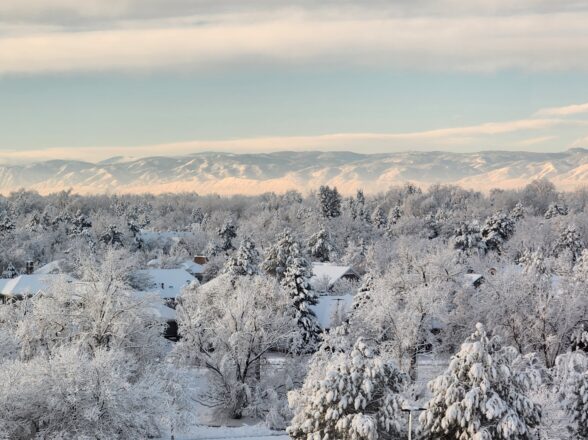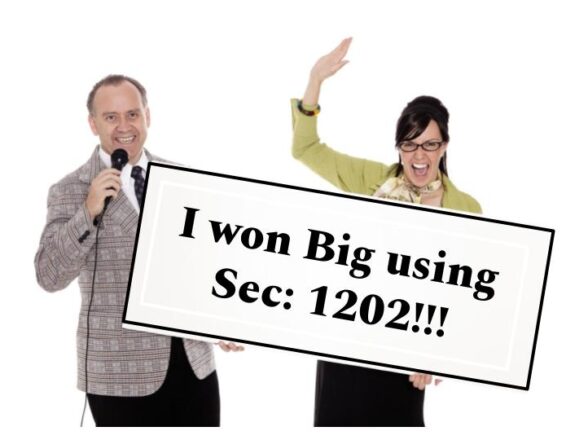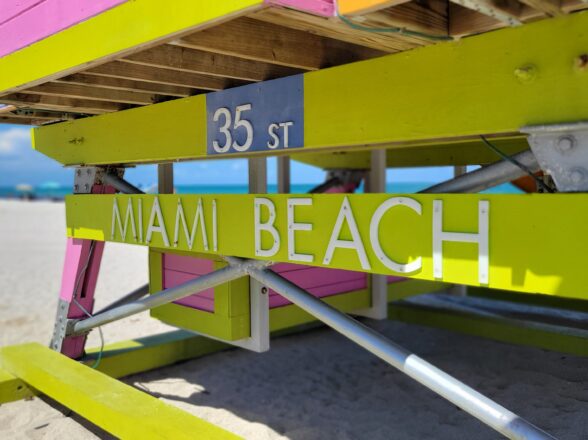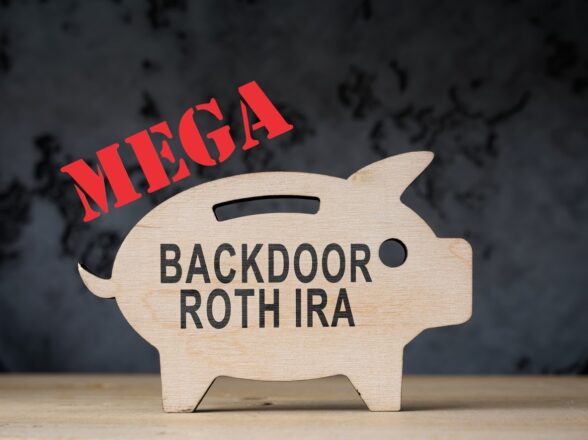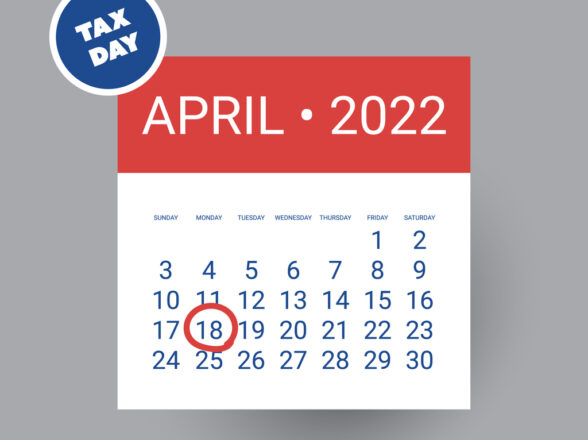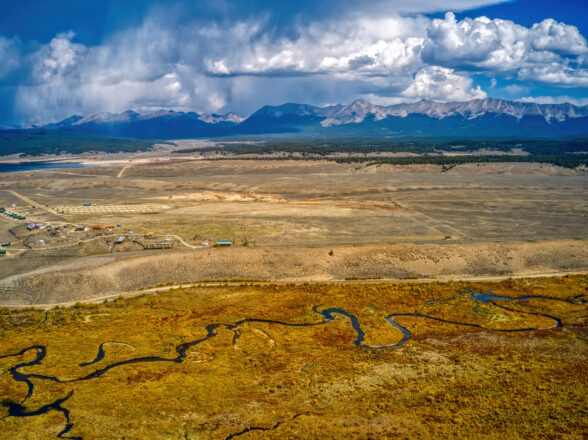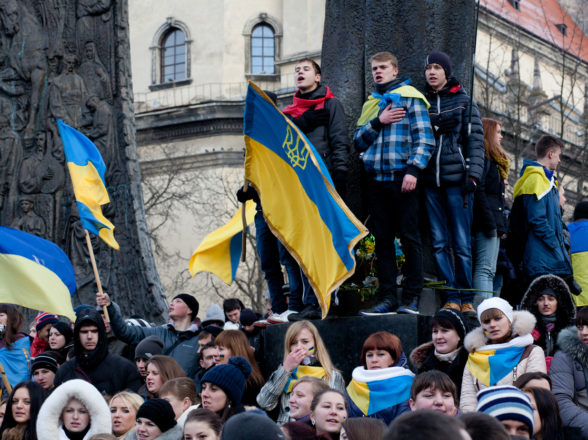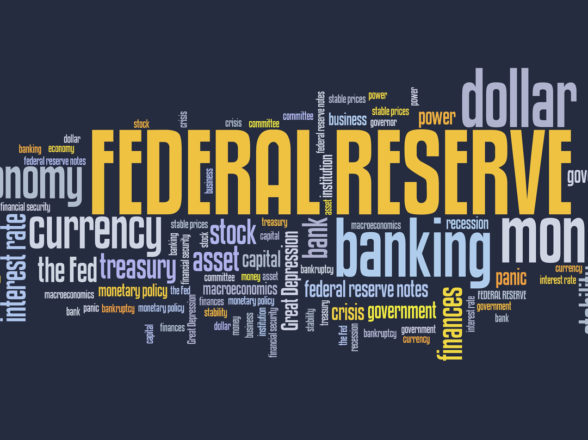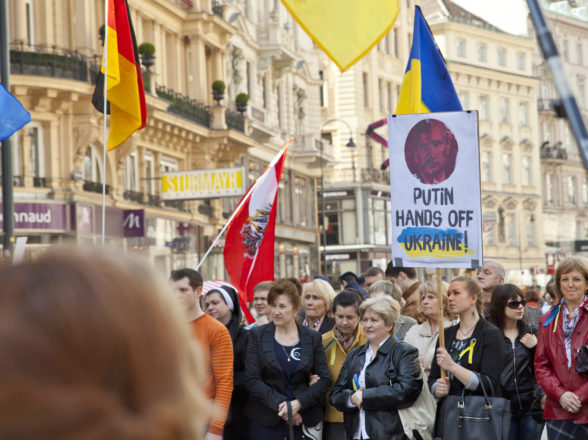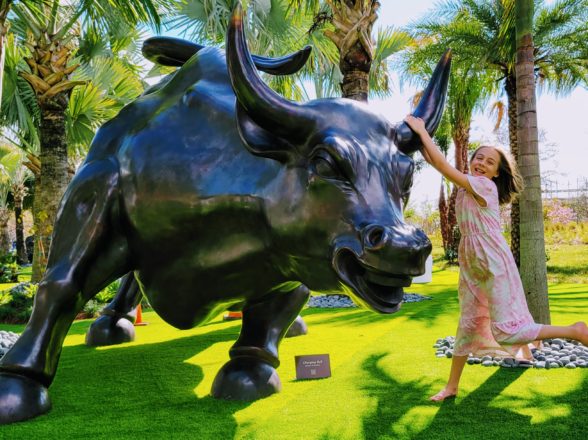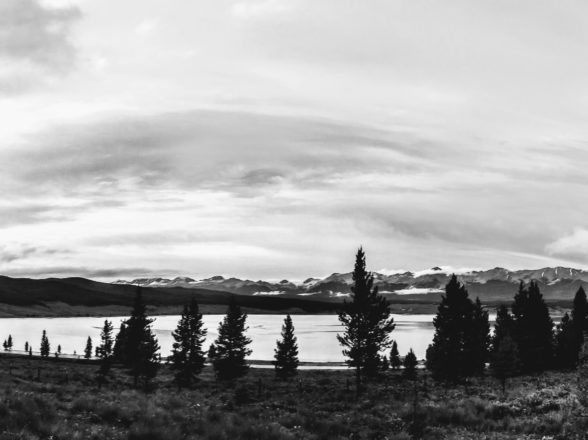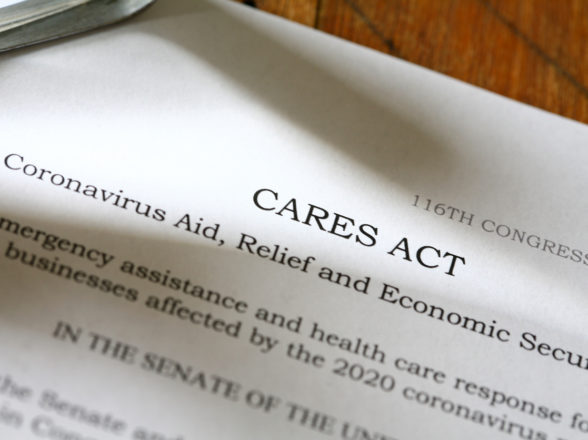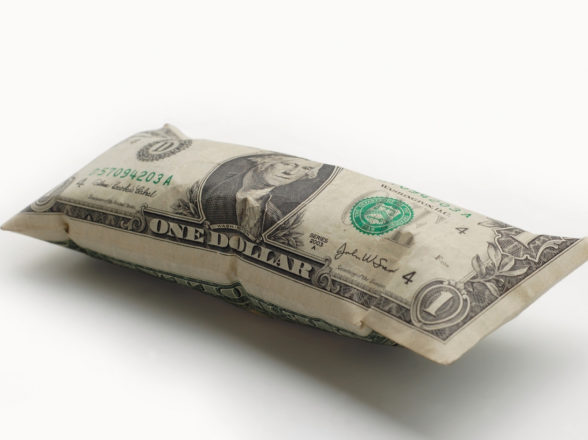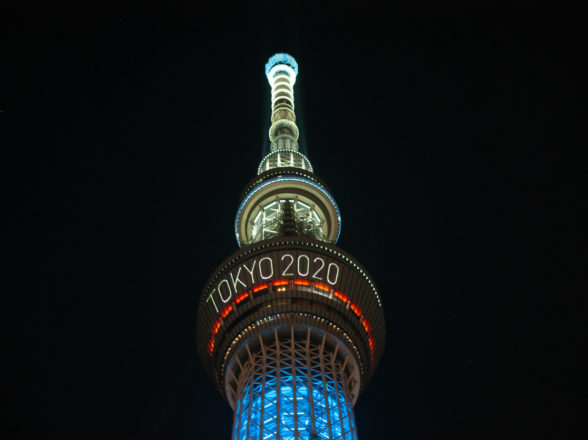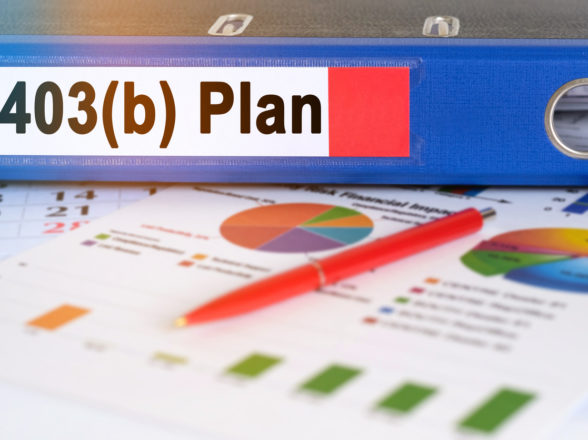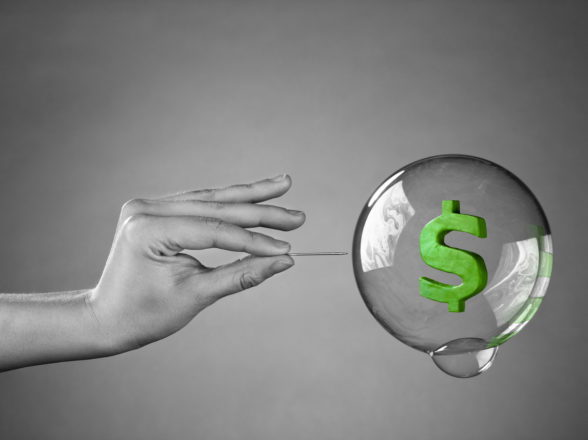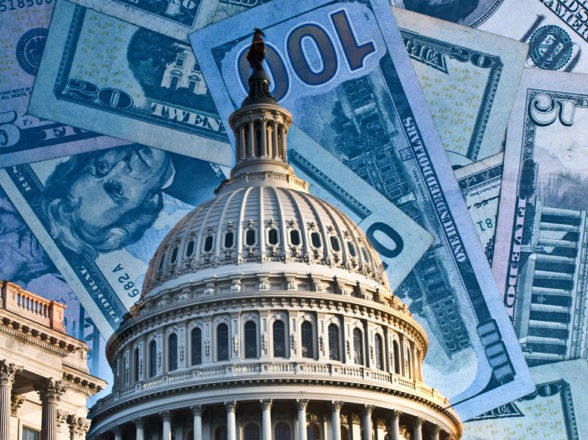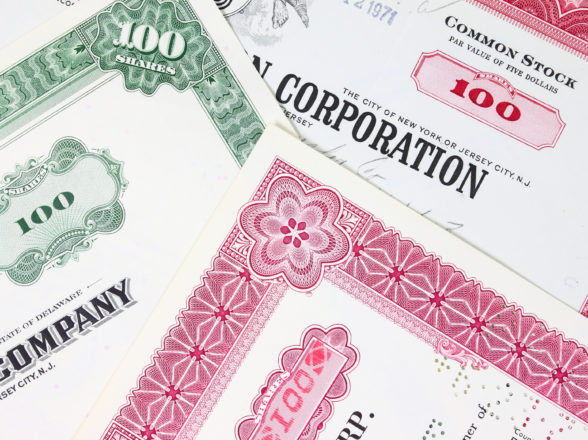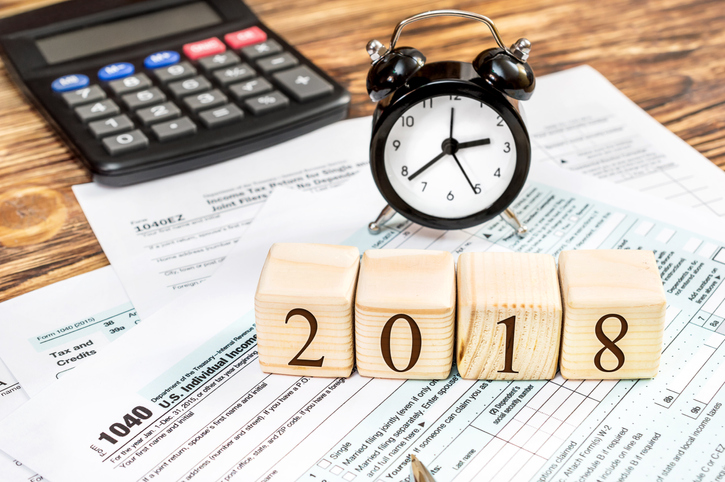Blog
The US Federal Reserve and Interest Rates: Everything You Need to Know {Part 1/2}
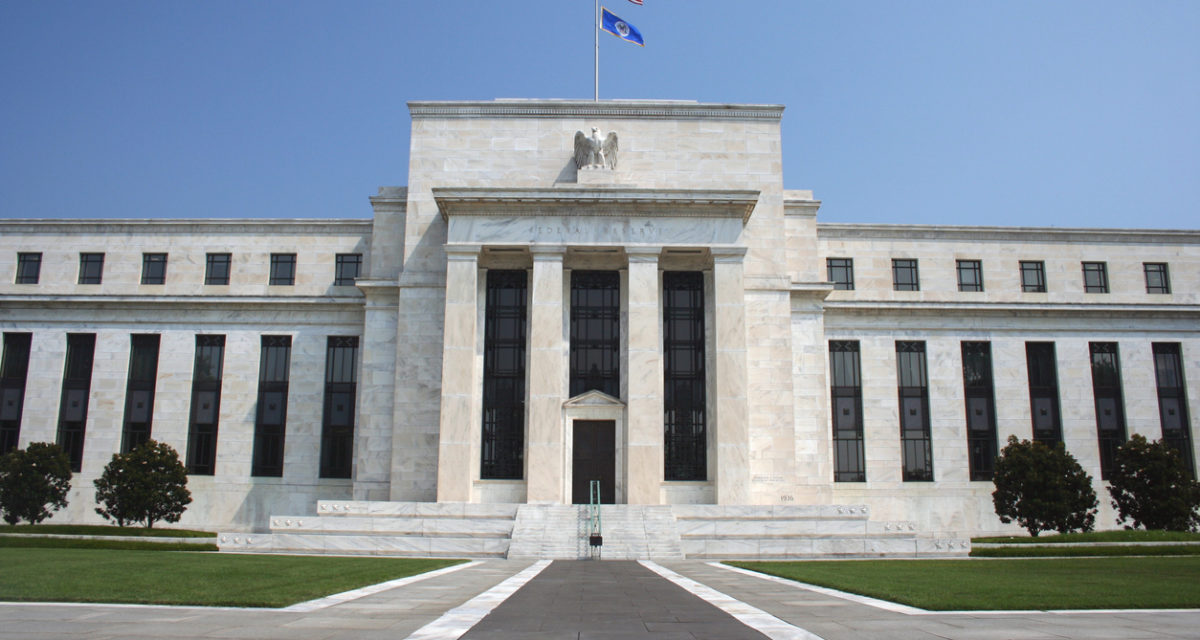
The US Federal Reserve and Interest Rates: Saving the American Economy Since 1913
The Federal Reserve has dug the American economy out of some of the greatest ruts it’s found itself in.
Though some of these monetary Policies are controversial, politicized, and dividing, one thing all Americans can agree on is that life would be very different without the federal reserve.
This article will tell you everything you need to know about the Federal Reserve and its role in the American economy.
Life Before the Fed
To fully understand and appreciate the federal reserve, we have to go back to a time when the Federal Reserve wasn’t there (yes! Such a time existed).
The pre-Fed economy was a reactive and volatile one.
Back then, the banking industry was like the Wild West. It ran with rules equivalent to a backyard football game and protocols that were few and far between.
This would eventually lead to bank runs—situations where a bank ends up loaning more money than it reserves, and its customers can’t withdraw the savings they earlier deposited.
Such news would spread panic throughout the nation, causing everybody to want to withdraw their funds at once. And if you’re familiar with how banks work, the banking system only works if some people withdraw their money at different times.
The moment everybody tries to withdraw their money all at once, the banking system collapses and takes the economy down with it.
History of the Fed
One particular bank run in 1907 would wreak havoc on the banking system and the economy by extension.
This would lead Congress to write the Aldrich Vreeland Act of 1908 that would set the stage for the Federal Reserve Act of 1913, creating a federal system to protect the economy from bank runs.
This Act created the first modern central bank in relevant financial history.
The reasoning behind the Federal Reserve was that this entity would hold a reserve of cash that banks could borrow whenever they ran out of money—hence preventing bank runs.
Over the years, the responsibilities of the Fed would expand to include:
- Controlling the nation’s monetary policy
- Ensuring economic health
- Combating inflation
- Easing financial crisis and disaster
- Ensure moderate long-term interest rates
How the Fed runs as a government entity
The Federal Act is a decentralized central banking system.
In layman’s terms, the federal reserve is a central banking system made up of several reserves spread out throughout the country.
Today, the federal reserve is made up of three entities working in tandem to create the Central bank of the United States. These are:
The Board of Governors
The board of governors is an independent federal agency based in Washington DC.
You probably hear the word independent being thrown around often; what does it mean?
The board of Governors doesn’t change with US presidents(for obvious reasons) and isn’t funded conventionally through the congressional budgetary process.
But there’s a caveat.
The board of governors is a term used for both the board that governs the 12 reserve banks and the 7-member panel that oversees the board of governors.
The seven board members and its leaders, including the chair and vice-chair, are nominated by the sitting president and confirmed by congress. They’re all answerable to congress.
The Banks
The 12 reserve banks are a decentralized central bank system that runs banking operations across the nation. All federal reserve districts in America have their headquarters in one of the 12 reserve banks you’ll see shortly.
They were instituted in the following order, with Boston being the first: Boston, New York, Philadelphia, Cleveland, Richmond, Atlanta, Chicago, St.Louis, Minneapolis, Kansas City, Dallas, San Francisco.
The federal reserve in New York is considered the largest and most significant due to its proximity to the financial market hub of the world.
The Federal Open Market Committee(FOMC)
The FOMC is the third but arguably the most important piece of the federal reserve puzzle.
This is because it brings all the above different parts of the fed together to oversee monetary policy in the United States.
This committee comprises all seven board members, the president of the Federal Bank of New York, and four other reserve presidents (from the other 11). The four nominated presidents vote on a rotary basis.
Nixon and The Gold Standard of the 70s
You probably spent your lockdowns hearing that a fifth of all dollar bills in existence were created in 2020. Well, we’ll explain.
However, understanding this would need a brief detour into the history of money, which we’ll avoid for the sake of your time.
Long story short, there was once a time when your money had inherent value. In fact, every dollar in existence was once backed by an equivalent amount of Gold— hence the use of the word Gold standard.
In the 1970s, President Nixon would move America from the gold standard. This decision, though controversial, has played a significant role in shaping monetary policy and the economy at large.
The fact that money no longer had to be backed by gold means that the Federal Reserve could print bills whenever they deemed it necessary. Today:
- American foreign debt is repaid using printed money
- The Fed can carry out open market operations using printed money
- Financial aid like the Covid checks is made possible using printed money
- The fed can run strategies like quantitative easing and Operation Twist using printed money
Fed Policies and Open Market Operations
You’re probably curious how the Federal Reserve controls something as diverse and complex as the American economy.
Well, the central bank has a few tricks up its sleeve to regulate the amount of money in circulation.
These are:
1. The Manipulation of Interest Rates
The most popular means through which the Fed carries out monetary policy is interest rates. Fortunately, interest rates are the easiest monetary policy to understand.
That said, the higher the interest rates, the more expensive it is for banks to lend money.
This, in turn, leads to a decrease in the amount of money in circulation, which eases the pressure on prices and decreases inflation.
The opposite is also true. Lower interest rates make it cheaper to lend money which incentivizes banks and lenders to pour money into a contracting economy. There are two types of interest rates:
– Discount Rate
A discount rate is a rate at which banks borrow money directly from the Federal Reserve. This happens whenever their reserves run below the Fed’s requirements.
In such an instance, the bank would have to contact its local Federal Reserve for additional funds which they would lend at interest. The Federal Reserve uses this interest as a tool for either making it cheap or expensive for banks to borrow money they pour into the economy.
– Federal Funds Rate
That said, a bank doesn’t necessarily have to loan money from the Federal Reserve each time they come close to the reserve limits.
As an alternative, banks can borrow these funds from each other. However, that doesn’t mean that they’re off the hook of the Federal Reserve.
The Fed uses a federal funds rate to control the rate at which one bank charges interest to another that wants to lend while staying within reserve requirements.
With that in mind, the Federal Reserve can raise this rate to reduce cross-bank lending and lower it to increase the aforementioned lending.
2. Reserve Requirements
Remember the bank runs of the early 1900s—they were caused by the lack of a Fed reserve tool now known as reserve requirements.
This Fed strategy regulates the ratio of assets a bank can hold in comparison to its specified deposit liabilities. This way, a bank can’t loan more money than its deposits.
In times of rising inflation, the Fed increases reserve requirements. This means that banks have to hold on to more money, hence reducing the supply of money in an economy.
The opposite is also true. Whenever the Fed wants to increase the supply of money in an economy, they reduce banks’ reserve requirements, increasing the money supply.
3. Open Market Operations
Open market operations refer to a monetary policy where the Federal Reserve is actively involved in the buying and selling of short-term securities.
You’re probably wondering why the Fed would purchase securities. This is because the Fed has little interest in the securities and is more concerned about the exchange.
By buying securities, the banks get cash flow which increases the supply of money in the economy. Above that, buying and selling securities enables the fed to control the supply of three securities hence their price. On the contrary, whenever the Fed sells securities, they exchange their assets for money in the economy. This way, they can reduce the amount of money in circulation in the economy.
4. Operation Twist
Operation twist is a Federal monetary policy used to increase cash flow into the economy in times of financial crises where both people and financial institutions cut spending.
This strategy comes in handy whenever the fed has already lowered interest rates to zero and is concerned about the inflationary nature of quantitative easing.
Operation Twist is based on a simple principle: whenever the prices of short-term securities lower and long-term securities rise, the yield curve shifts.
To do this, the Fed sells short-term bills to buy longer-term bills. Operation twist is a type of quantitative easing, a topic in Part 2.
Click HERE for the second installment of the Fed and Interest Rates.

















